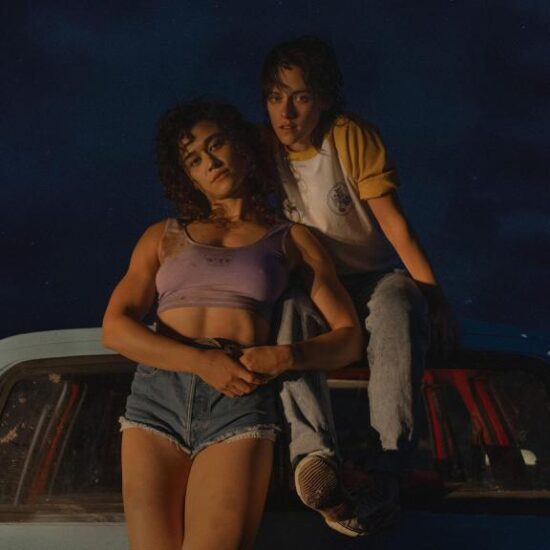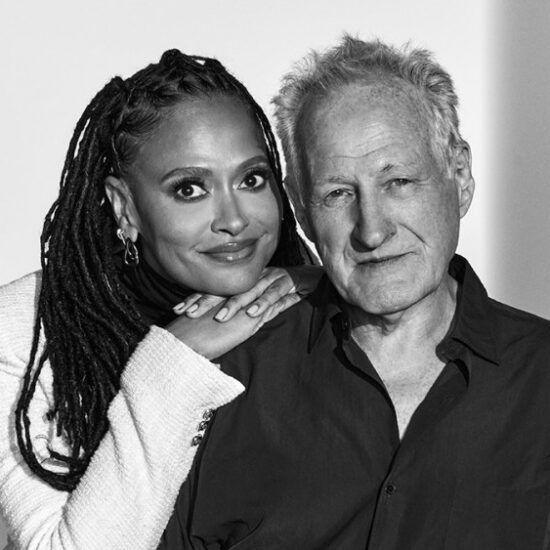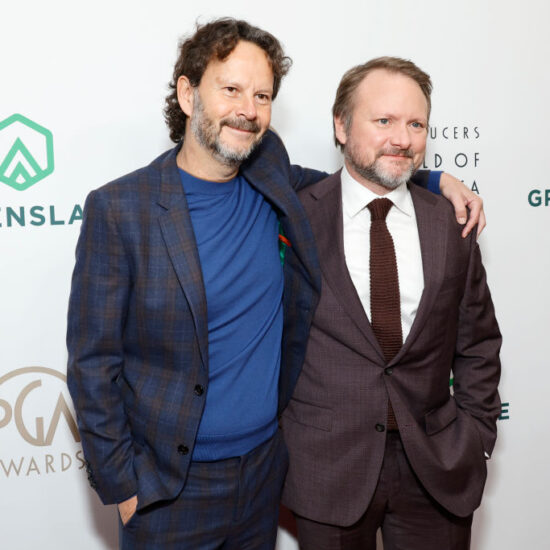
There are any number of YouTube reactions of people sobbing their way through Bill (Nick Offerman) and Frank’s (Murray Bartlett) last day together in Episode 3 of “The Last of Us,” “Long, Long Time.” Craig Mazin’s writing knowingly weaves its way through the highs and lows of a marriage (however illegal it still was in 2003) while Offerman’s and Bartlett’s performances anchor Bill and Frank as feeling, loving individuals.
But not a small amount of the sequence’s emotional power comes from the ways in which director Peter Hoar sets up the camera as an invisible observer of their story until just the right moment; then the visuals nearly burst with the love these two men have for each other.
“I am not the director that wants to be noticed, because I feel like that’s a mistake,” Hoar told IndieWire on the Filmmaker Toolkit podcast. “If you can see that I’ve done something to grab your attention, I’ve failed.”
Hoar’s inclination led to some counterintuitive blocking and lighting choices, but the director was confident they’d bring an authentic, lived-in quality to an episode of “The Last of Us” that provided 20 years of living through the fallout from the Cordyceps fungus.
For the very first piano scene, where Frank realizes a lot about Bill all at once, Hoar shot Offerman and Bartlett with the cameras looking into the dining room and hallway. “If we wanted to make that look really pretty, we would’ve put the cameras on the other side of that line so that [the camera was] looking through the windows,” Hoar said. “We would’ve had a lovely sort of sunset-y feel, but it was completely the wrong place to be and I wanted to shoot that [scene] in a live sense. So I had three cameras running, covering the entire thing in one go except for the shot of the hands [playing piano].”
The decision to shoot first Frank’s and then Bill’s version of “Long, Long Time” like a multi-camera sitcom freed the actors to think through the whole musical performance rather than catching it in pieces of coverage. Hoar’s approach also allowed whatever natural imperfections arose to just be part of Frank and Bill’s lives in that moment. Which was always Hoar’s goal throughout the episode: to be a part of Frank and Bill’s lives.
Likewise, when it came to Frank’s conversation with Bill about ending his life after one last good day, Hoar staged the scene on a couch that, even surrounded by Frank’s artwork, created a darker, flatter image on camera. “It could’ve looked much prettier if I hadn’t done that, if I’d sat them somewhere else,” Hoar said. The crew even talked about sitting Bill and Frank by the piano and looking through the windows, which would’ve created more light and a more dynamic image. But Hoar said it wasn’t right.
“It doesn’t feel comfortable enough. It feels like I’ve done it on purpose and that’s not how their life would be. Their lives need to be more relaxed and more lived in. What way would you sit? You’d sit there on the couch,” Hoar said.
Hoar was strict about the need for character behavior to dictate the compositions of Bill and Frank’s everyday life so that he could heighten very specific emotional moments. Even if the viewer isn’t consciously aware, we notice visual patterns on film and feel the significance of when they’re broken. And we really feel when Hoar finally chooses that more beautiful-looking image by the piano for the moment that Bill and Frank marry each other. “With the sunlight behind them, it looked beautiful and glorious. There’s always the idea [of] ‘the golden hour,’ meaning that last stretch of your life before the sun goes down,” Hoar said.

The final piece was suggesting the right rhythm and tone to carry us through it. And for that, he had a specific piece of music in mind: Max Richter’s “On the Nature of Daylight.” “[The song allows] for a feeling of melancholy, but a feeling of positivity all at the same time. There’s a sort of lifting. It gives you comfort, but it makes you realize the pain. And I think that could not have been more perfect,” Hoar said.
Composer Gustavo Santaollala told IndieWire that it was a perfect example of the producers and director falling in love with a piece of music that fits securely where it’s placed. “Nothing will change their minds. It happens,” Santaollala said. “And I mean, I love Max Richter and I love that piece.”
“It’s all about the team working together as the team,” Hoar said. “You need to know you can’t throw a piece of music like that in without having worked hard for it and I think we were so in love with [Bill and Frank] at that point [in the editing process]. We so cared about them both. Even though it was 40 minutes, we felt like we’d been with them for those whole 20 years. Such wonderful, warm performances, such care and attention. And I think that all of those things together allowed for that to happen.”














